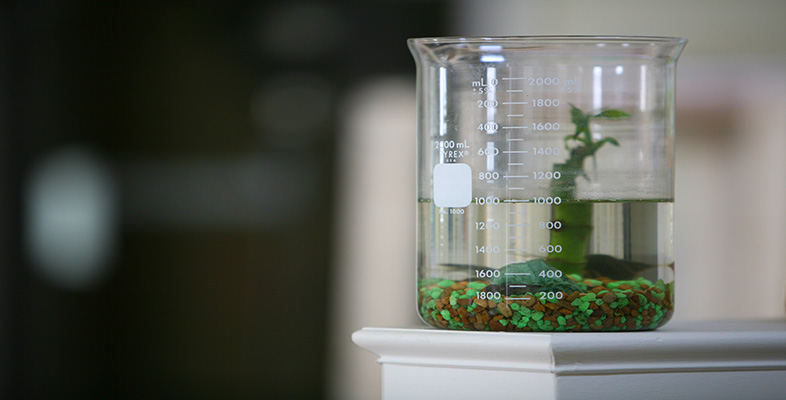1. Introduction
1.2 Outside the ‘Western World’
1.2.1 Science throughout history: a case of attribution?
Much of the science we now take for granted was first done by scientists outside today's industrialised nations. For example, Arabic medicine was in advance of European medicine throughout the Middle Ages, and from Salerno (the first recorded medical school, founded in the 10th century), to Vesalius (the first person to publish a book of human anatomy, in 1543), Western doctors learned from their Muslim counterparts.
Activity 2 gives an opportunity to learn more about some of the vital contributions made to science by those outside the ‘Western World’. Please attempt this now.
Activity 2
Click ‘view document’ to open the 'Match the discovery to the place' activity.
View document [Tip: hold Ctrl and click a link to open it in a new tab. (Hide tip)]
Do the ‘Match the discovery to the place’ quiz – click ‘view document’ above to read the quiz. The answer sheet makes an interesting wall display if cut up and displayed with a world map.
Click "view document" to see the answers.
Go to the Association for Science Education's website. Select ‘ASE Global’ from the tabbed menu at the top of the page, then ‘Global Dimension’ and click on ‘Hot Issues’. Choose an article about a contemporary scientific development that interests you, ideally one involving scientists from outside Europe or North America. Prepare a short talk to tell colleagues about it.
Next, examine activities that deliver the curriculum by introducing students to the exciting work of some non-Western scientists.
Some discoveries commonly attributed to modern scientists may have roots further back in history than commonly believed. For example, there is evidence that the Chinese Yellow Emperor discovered the circulation of blood in human bodies 2200 years ago, well before William Harvey.
To find out more about historical non-Western contributions to science try the following sources.
The homepage of educationalist Xiufeng Liu. Scroll down to and click on ‘Multi-Cultural Science Education’ and then click on ‘Ethnic Scientists’.
University of Princeton website. Click the button for seraching the Web then in ‘Search’, type ‘Faces of Science’. Click on the first result, ‘The Faces of Science: African Americans in the Sciences’.
Reiss, M. J. (1993) Science Education for a Pluralist Society, Milton Keynes, Open University Press (ISBN 0335157602).
Hill, D. (1994) Islamic Science and Engineering (Islamic Surveys), Edinburgh, Edinburgh University Press (ISBN 0748604553).
For contemporary stories of worldwide scientific endeavour, the New Scientist online is an excellent starting point.
